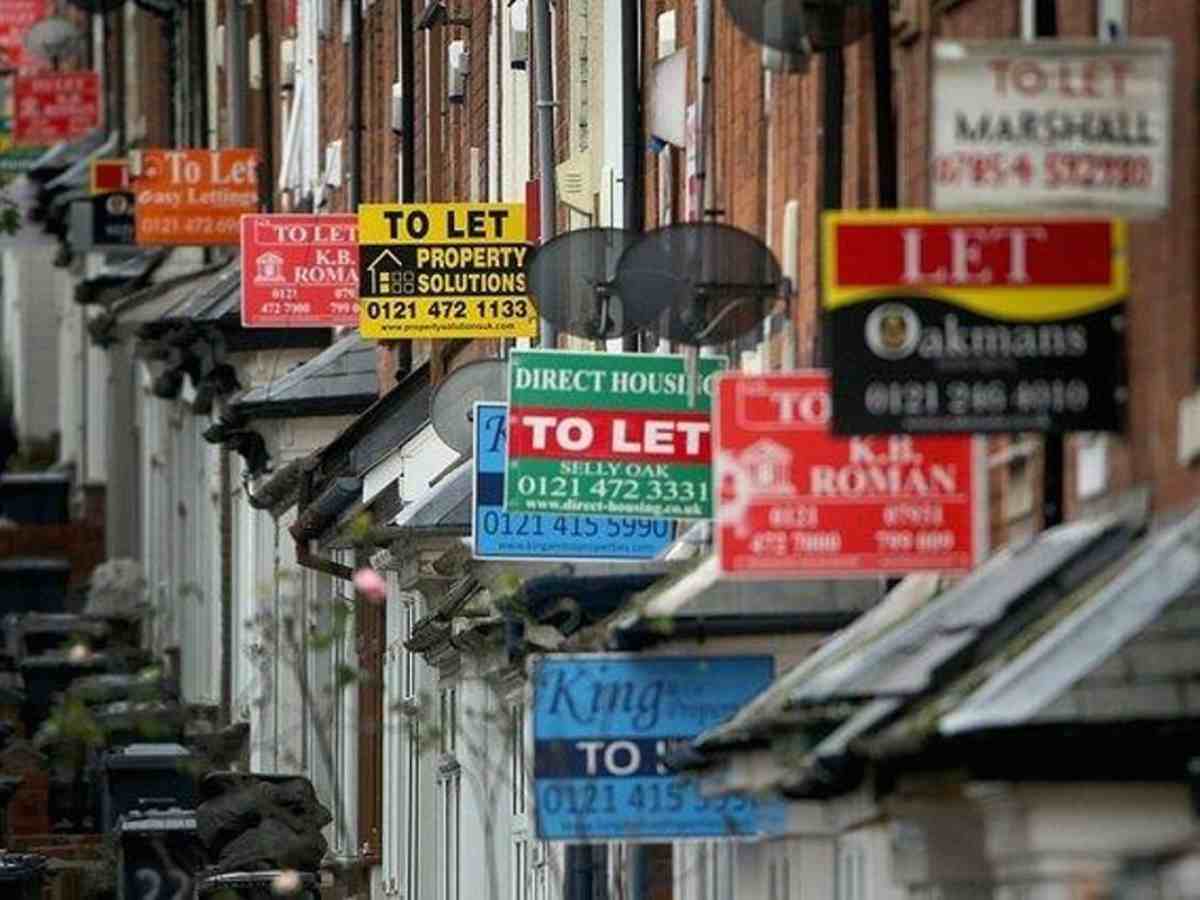Buried in the latest Office for National Statistics (ONS) housing figures is a damning fact about the current state of private renting for those on benefits. It shows that so far, the Labour Party government is doing nothing to address the housing crisis facing these people, thanks to the Local Housing Allowance. So, think tank the Joseph Rowntree Foundation (JRF) says it must do more.
Soaring private renting prices
The latest ONS figures on private rent inflation show that:
- Private rental prices continue to rise across the country, up by 8.4% across the UK between August 2023 and August 2024.
- Average rents increased to £1,327 (8.5%) in England, £752 (8.5%) in Wales and £969 (7.6%) in Scotland in the 12 months to August 2024.
While Local Housing Allowance rates were unfrozen and realigned to the cheapest 30% of local rents in the final Budget of the Conservative government in April 2024, these were based on rental figures from September 2023. Since then, on average rents have increased by £92 per month in Great Britain and by £174 in London.
Considering these private rent inflation figures, JRF is calling on the government to urgently assess Local Housing Allowance’s inadequacy and volatility. The current system of freezing and unfreezing LHA is driving hardship and uncertainty as support becomes untethered from the reality of rising rents until the government is forced to step in.
What is Local Housing Allowance?
Local Housing Allowance (LHA) is the rate used to calculate Housing Benefit (and the equivalent in Universal Credit) for private renters. Housing Benefit is designed to help people pay their rent if they’re on a low income or claiming benefits.
In April 2024, LHA was increased to reflect the cheapest 30% of local rents using rental figures from September 2023. Prior to that, LHA had been frozen for four years at September 2019 levels.
Since September 2023, rent increases in the private rented sector mean that LHA is already lagging behind the actual cost of private rents and covering a smaller percentage of the available homes to rent for people on the lowest incomes.
As things stand LHA will remain frozen at the current level from 2025, unless the government makes an active choice to unfreeze it.
The cycle of freezing and unfreezing LHA is detrimental to private renters and to government finances.
Why is it a problem for private renters?
Private renters face an increasingly limited supply of affordable rental properties, especially in places with high housing demand like London or the South East. Because Local Housing Allowance (LHA) doesn’t cover the majority of homes available to rent in these areas, tenants often find it difficult to find homes that are within their budget.
People who need to rent privately can be confronted with the choice between living in unsuitable homes away from where they need to be, or to make up a shortfall in rent that leaves them unable to buy other essentials items.
Added to this is the increase in private rents. Freezing LHA means that private renters need to make up for the shortfall in the support they receive and the higher rents they must pay, which is driving hardship.
Freezing LHA also leaves renters without any security. Not knowing whether the support they receive will reflect the rent they have to pay leaves renters to rely on Discretionary Housing Payments or the Household Support Fund, at a significant cost to local councils, or to go without other essentials to pay their rent.
Why is it a problem for the government?
Any increase to Local Housing Allowance (LHA) that would bring it closer to the cheapest 30% of private rents has not been factored into the Treasury’s spending plans. Freezing LHA leads to soaring numbers of people being made homeless and living in temporary accommodation leading to greater costs for councils until the government is inevitably forced to act when the gap between LHA rates and rents grows too large. Meanwhile, renters are forced to pick up that shortfall.
The government must be open and transparent about its spending plans and should acknowledge that LHA will increase in line with the cheapest 30% of local private rents every year permanently.
To prevent private renters on low incomes experiencing further hardship and going without essentials, the government also needs to take broader urgent action on hardship.
One quick and relatively low-cost action would be to implement a protected minimum floor beneath Universal Credit’s standard allowance. This would limit the deepest hardship caused by debt deductions and the benefit cap, which often affects people facing expensive rents and reduces the amount of their Universal Credit or Housing Benefit.
Local Housing Allowance must be unfrozen and fixed
Rachelle Earwaker, senior economist at the Joseph Rowntree Foundation, said of Local Housing Allowance:
The Budget is the perfect opportunity for the government to do the right thing and unfreeze LHA not just for 2025/26, but also to commit to the rate always aligning with rents so that explicit decisions don’t need to be made each year.
The current system leaves millions of low-income private renters living in uncertainty about whether they will be able to afford to pay rent in the immediate future, affecting their ability to plan, to put down roots and make where they live a home.
Around 80% of low-income private renting households on Universal Credit or who receive Housing Benefit reported going without essentials like food and heating in the six months to May 2024. A commitment to permanently tying LHA to the cheapest 30% of private rents would be a crucial first step to alleviating the hardship many in the private rental sector are exposed to.
Featured image via the Canary




